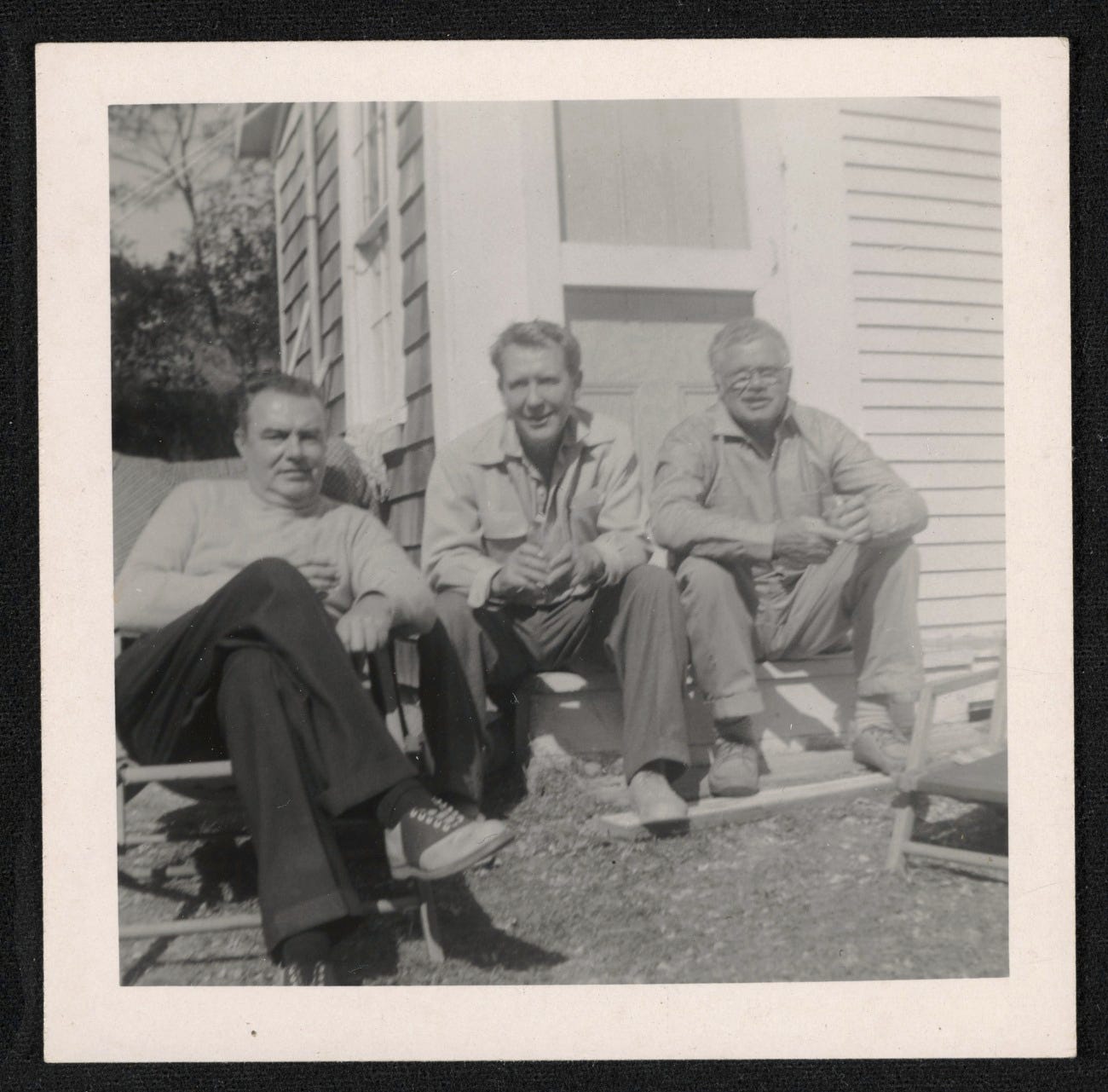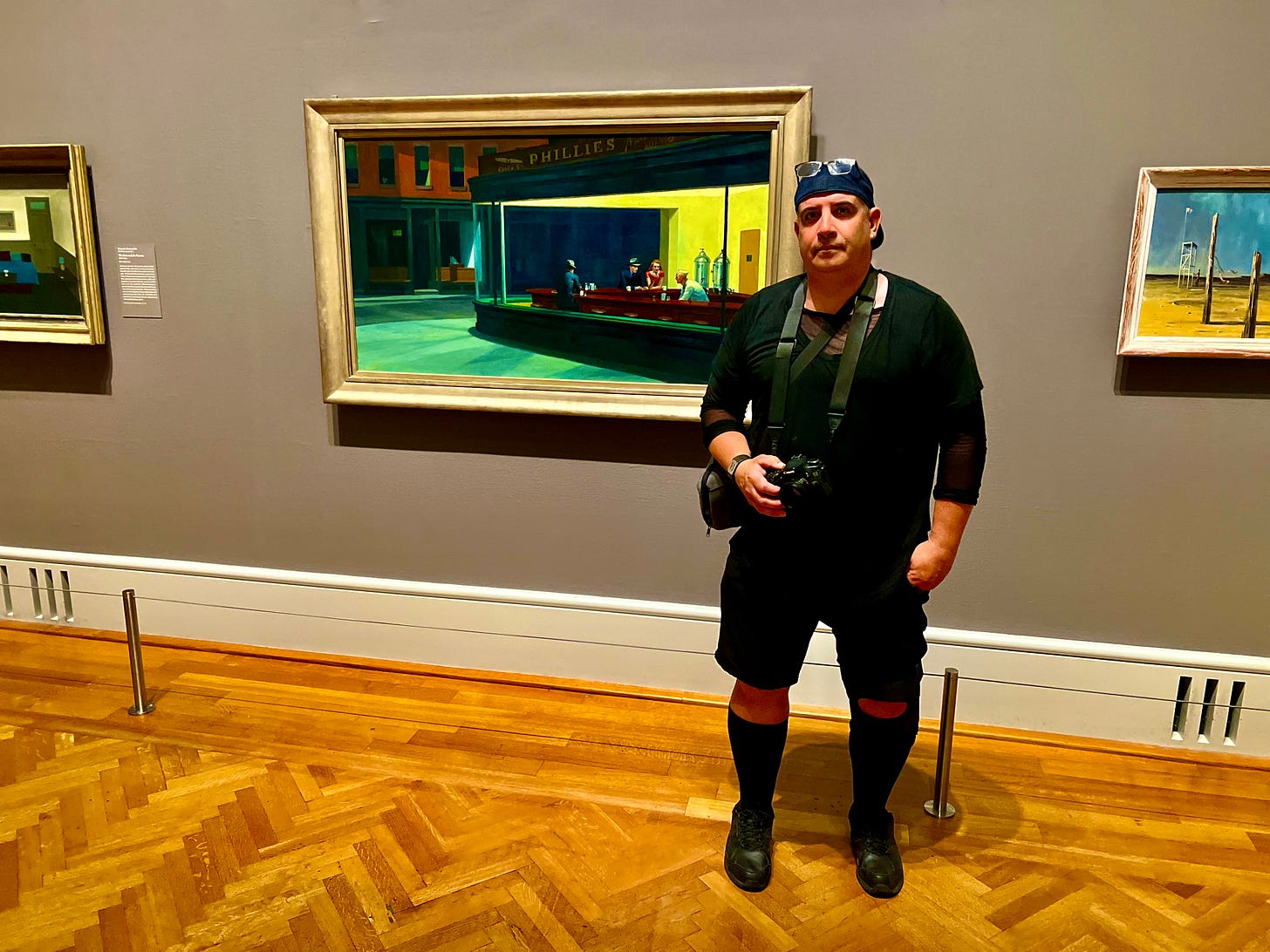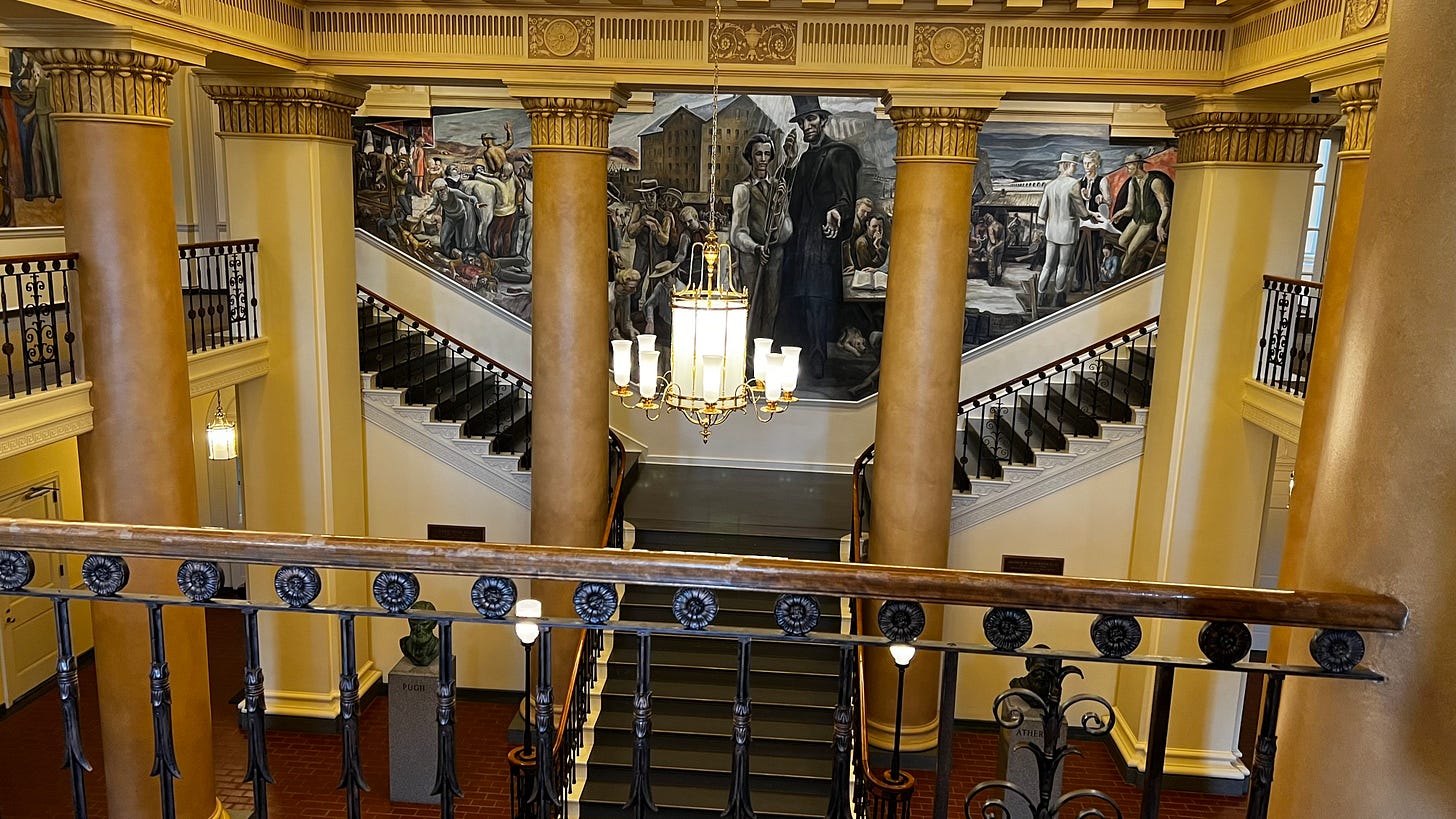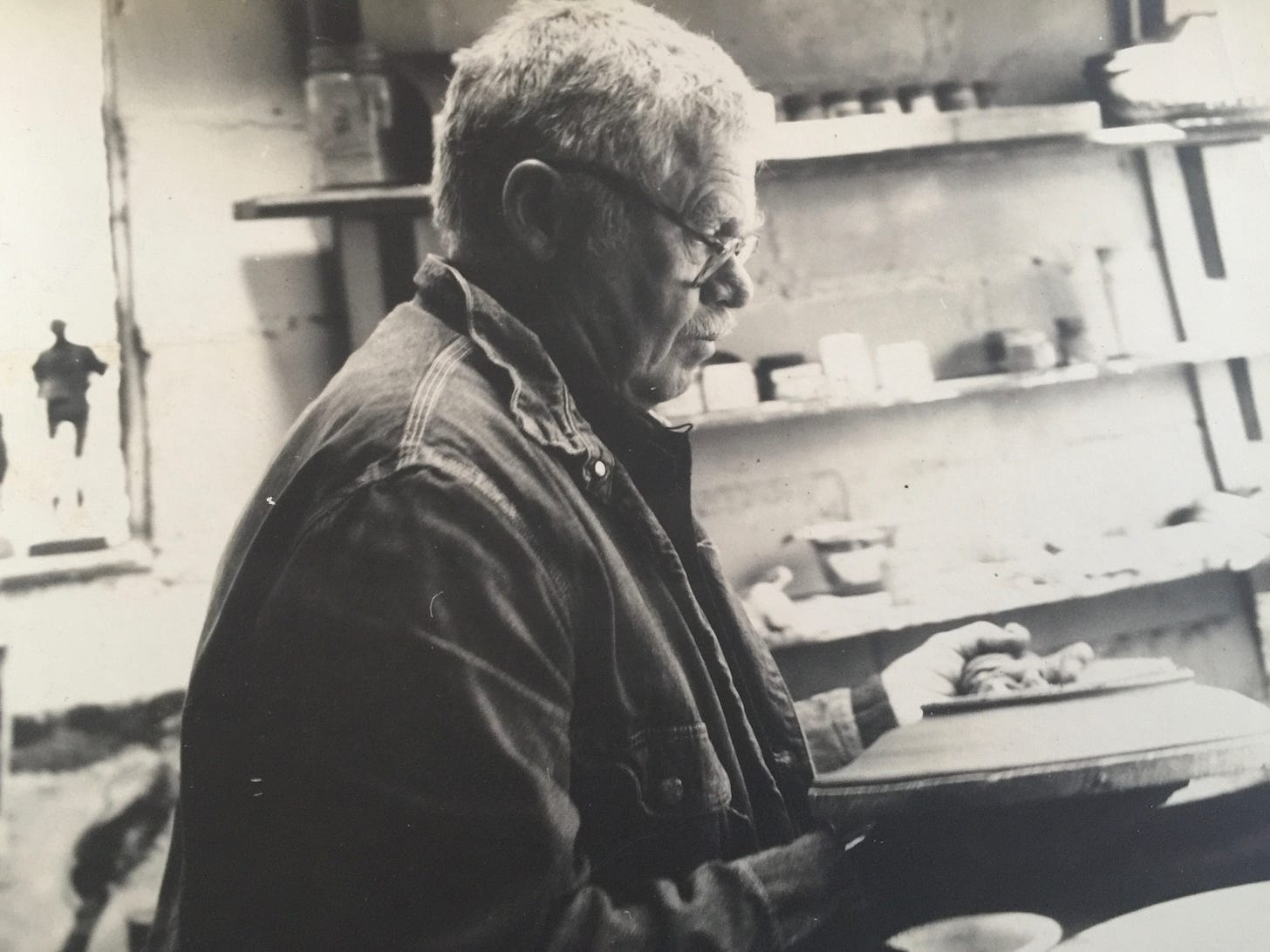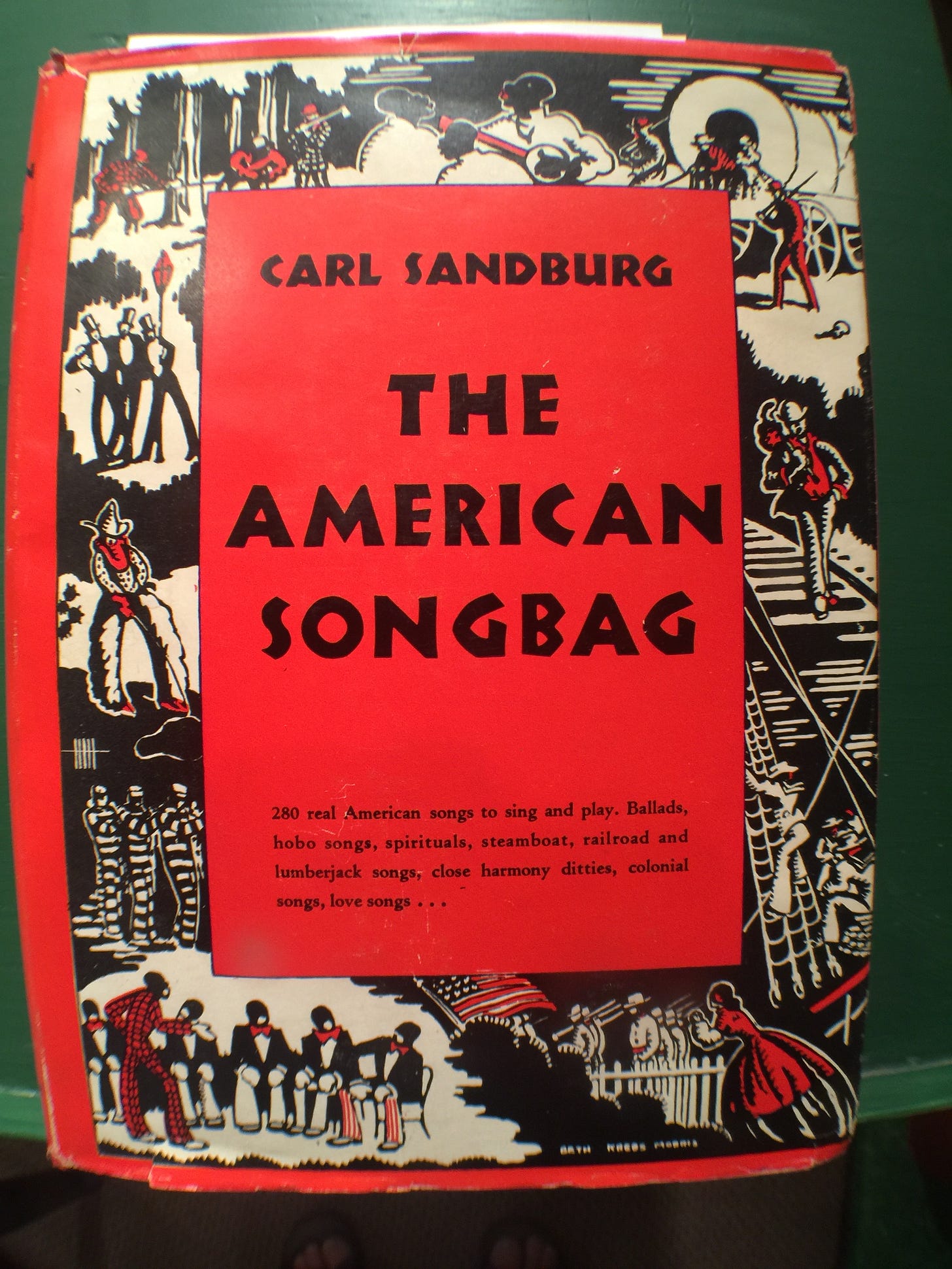I have recently had some people ask me about my process making the documentary: The Murals. It was a several year long process, and I learned so many things that did not go into the project. I took pictures. I did interviews. I traveled the country. This has led me to start thinking about trying to share some of the stories of my journey, when someone suggested I write a book. I’m not sure how that will go though, I don’t know how to write a book. Although recently I started reading a book from William Least Heat-Moon who spent a bunch of time in Kansas after going to Kansas called PrairieErth. I’m not sure how I’m gonna approach it, but at this point, I think I’ll start by talking about my process and some of the things I learned.
One thing that amazed me doing this project was discovering the fact the government actually paid artist to work during a very difficult economic time in this country. It was short-lived, of course, because there were people who thought it was a waste of money, or suspected that they were communists. I am not surprised by that. Even today people are motivated by fear.
They commissioned sculptures, plays, paintings, murals and more. There were 4 different programs, including the new deal funding program, that the murals and Henry Varnum Poor took advantage of. 1% of the budget of the new buildings was put aside for artwork. Eventually, that morphed into the WPA, which many people are familiar with today.
Henry Varnum Poor was the artist who did the Murals in Chicago, so he was the subject of a lot of the documentary. I started research on that project and ended up learning about his life over the years and on South Mountain Road.
The actual Murals turned out to be a starting point, and really not the focus of the whole documentary. It was a place for the intersection of the three artists connected to it.


There are modern devotes of artists like Louis Sullivan, Carl Sandburg, and Henry Varnum Poor, the artists who are subjects of my documentary. Interviewing them was a great part of the filmmaking process. Their passion and excitement made the artists work come alive today.
I was also thrilled to discover that Henry Varnum Poor is very relevant today because there is a campaign to save his house in New York and Rockland County. He built this house by his own hands in the 20’s, and was a featured member of the South Mountain Road art scene. I was able to document the state of the house, talk with Peter Poor (the artists son who lived there as a young person), who recently passed, about living there which was pretty interesting and awesome.
Rockland County and South Mountain Rd. is a very famous area where many artists congregated after the turn of the century. Today there are still people who live there who work in the entertainment industry, but the names of the artists and the people from Broadway, and the movies, of the time is impressive. Burgess Meredith, Milton Caniff, Hellen Hayes, Charlie McCarthy, Ben Hecht are just the start. The people who visited Henry Varnum Poor and his wife Bessie Breur at Crow House were a who’s who of the time.
The house itself is in a great state of disrepair due to neglect, or I should say politics, over the years, but the Henry Varnum Poor foundation has a plan to acquire the house and turn it into a museum.
Henry Varnum Poor might be the greatest artist of the 20th century that’s not really well known. He doesn’t have the well-known greatest hits like Edward Hopper’s Nighthawks. Hopper’s house is not far from the Crow House in Nyack NY. (where I spilled lemonade on a hot day, that’s a story for another time.)
Poor has some famous work like the Land Grant Murals at Penn State’s Administration building.
Poor’s pottery is probably more well known. This was something he taught himself to do, because he wanted to make a living. His paintings did not sell well at the time. He handbuilt his own ceramic wheel and fired the ceramics in his studio.
He then loaded them into his model T and drove them into New York City where he sold them to socialites at a gallery. You couldn’t find usable ceramics like plates and pitchers like you can today. There was no Pier One Imports store. (there might not be one now again!) He also produced ceramic bathrooms, sinks, showers, toilets, like the one at Crow House. His wife challenged him one time, asking him if he was a “painter or a plumber”.
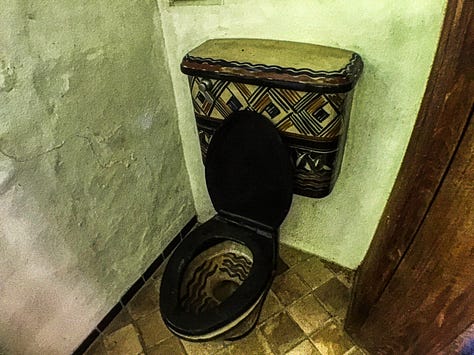
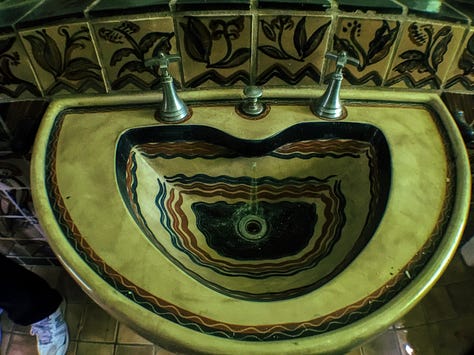
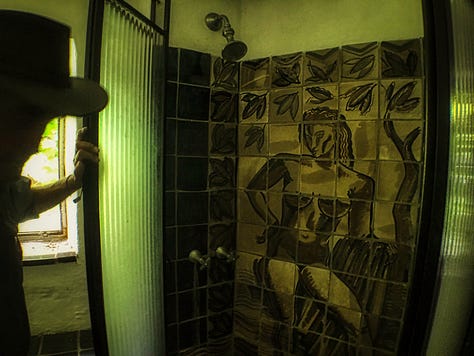
I have a lot of respect for Henry Varnum Poor because he was a self-made person. He was a hard worker and very prolific in his art. He also served his country in two world wars, as he helped organize the war artist unit in WW2 in Alaska.
The artists he picked to be in the Murals, Carl Sandburg and Louis Sullivan were very much like Poor. Very prolific artists of the 20th century, who were great Americans and believed in democracy. Sullivan designed with nature as the inspiration much as Poor had done. Sandburg was a champion of the common man, the worker, the immigrant. Poor liked to listen to his musical albums per his son Peter.
Carl Sandburg was a musician as well as a famous writer, which many people including myself did not know before starting this project. This is the part of Sandberg‘s career that I focused on because that is the portion of his life and career many people don’t know about. He wrote a book called the “American Song Bag, which was really a bunch of songs he collected as he traveled around the country.
These old folk songs, and American, and blues songs were numerous. They had many different versions, sometimes the lyrics were interchangeable with other songs. He made some recordings himself, in fact if you want to hear Sandburg sing, go to Youtube and look it up!
I recruited some musicians I knew to record some of the songs for the soundtrack for the documentary. We have performed these songs live after screenings, and if I am by myself like in Kansas, well I will play a few on acoustic guitar.
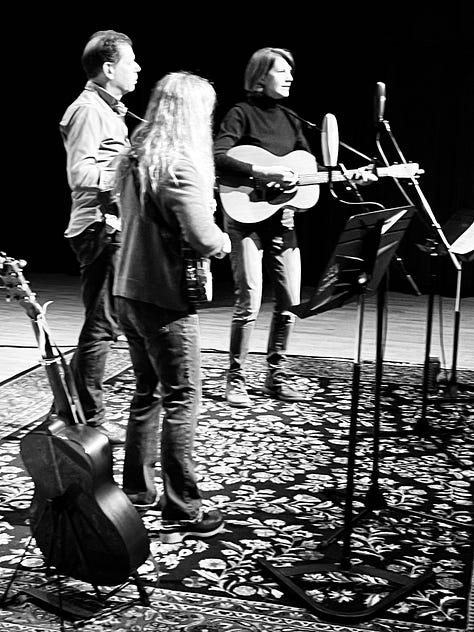


You can listen to these old songs re-interpreted. My music project called The Platinum Tears did two songs: Wayfaring Stranger, and Wandering. I was able to interview Dan Zanes who did an album of songs from the Songbook, and the Pickin Bubs a band out of Chicago, is in the film, talking about the origins of the music. It was fun to do, and kind of a trademark of my projects to have an original soundtrack.
There is so much about this project and others that I am, going to share here on Substack. If you have any questions about any of these artists or the project or want to do a screening, please contact me. Thank you for reading. I’ll see you on the stream.






